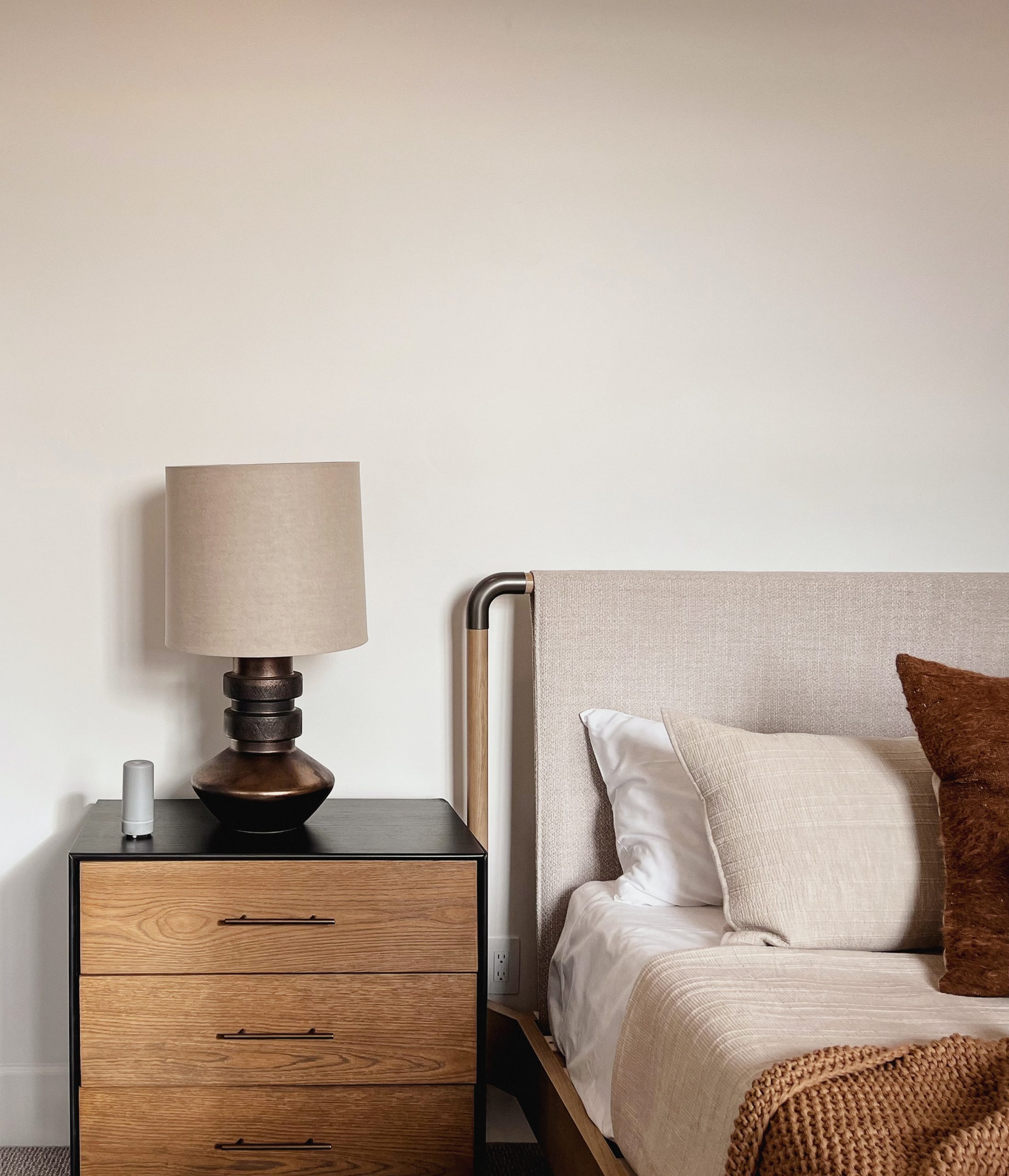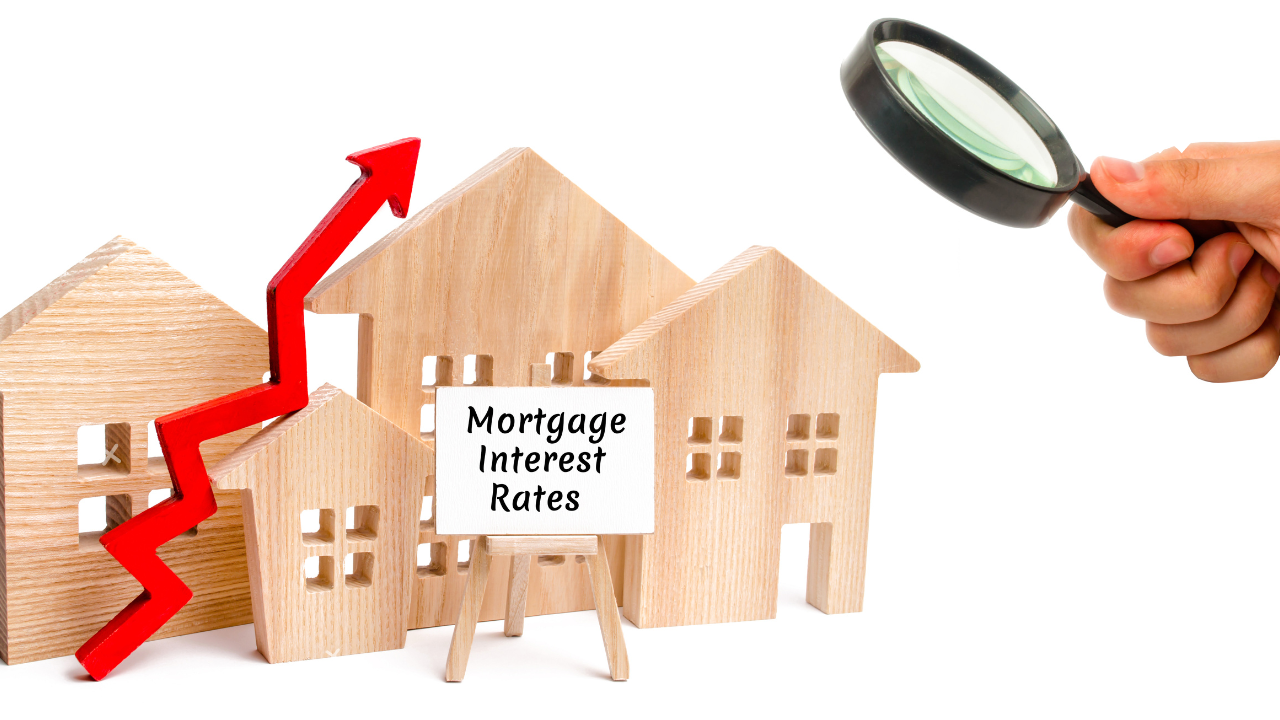Do you know how much buying a home really costs?
The true cost of buying a home goes well beyond the purchase price.
Do you know what you’ll be up for when the SOLD sticker goes on? Take a look at the top ten home buying costs you may not have thought of, and our tips on ways to save.
1. The price of your home.
This is important – the listed price of a property isn’t necessarily the one you’ll have to pay. Some hard bargaining can see you save thousands of dollars. As a general rule, try offering 10% less than the listed price, or more if the property has been on the market for a while. Bear in mind, lenders generally want to see a deposit of at least 5%, so don’t commit to a property you can’t afford.
TIP: Poker faces on. Don’t let the vendor know you love the place. It’s a lot harder to haggle for a discount if the agent can see you’d sell your own arm to get inside the door
2. Stamp duty.
Stamp duty is compulsory, sorry. It’s levied by all state/territory governments so it’s as unavoidable as a pair of socks from grandma on your birthday. But there are ways to trim the tab. Because duty is based on the price paid for a property (when you buy it), buying vacant land first and building later can mean paying less duty at the time of purchase than buying an established home.
Either way, the more you can negotiate on price, the more you’ll save on stamp duty. Contact the Office of State Revenue in your area for details of concessions. Some states offer savings for first home buyers and/or new home builders
3. Conveyancing.
Conveyancing covers everything from reviewing the contract of sale through to transferring your new home into your name and carrying around a fancy leather compendium. It’s a job that can be done by a solicitor , but you may be able to halve the cost by using a professional conveyancer. Budget for around $1,000 though fees vary widely so shop around. Line up a conveyancer or solicitor before you start home hunting. That way you can act quickly (and maybe cheaply) when you find the right property.
4. Pest and building inspections.
It just makes business sense to see what’s going on under the covers of your potential new home. A pest and/or building inspection isn’t essential but it will reveal structural faults, dodgy building work or nests of tiny pink mice the vendor may be trying hide. Allow around $500 for a combined report. A poor pest/building report can be useful in price negotiations – if you expose future costs or problematic areas, the vendor might drop the price. Either way, make sure you can afford any repairs once the place is yours.
5. Strata report.
If you’re buying an apartment, villa or townhouse, a strata report will let you know if any major building work is on the agenda – an expense the owners will have to cover. The report itself costs about $300 but the peace of mind is invaluable. Strata reports can be provided by independent firms, or you could trim the cost by asking your conveyancer to provide one
6. Loan and account-keeping fees.
Just like the loans themselves, home-loan application fees are super variable. They can range from $0 through to over $700, so it pays to compare between lenders. Watch out for ongoing account-keeping fees too. They quickly stack up. Use the ‘comparison’ rate to discover the true cost of a loan, including those hidden extras
7. Lenders Mortgage Insurance (LMI).
LMI applies if you borrow 80% or more of your home’s value. It protects the lender, not you – it’s to help cover their losses if you renege on the agreement. That makes it a cost worth minimising.
The easiest way to do this is by saving the largest deposit possible. If you can save a 20% deposit , you may not have to pay LMI at all. You may be able to bundle LMI into the total cost of the loan rather than paying it upfront. Of course, this means paying interest on the premium over the loan term, which bumps up the cost
8. Home building insurance.
The very moment you pay a deposit, you have a financial interest in a property. That means you’re potentially liable for injuries and accidents that happen there, even if you haven’t moved in yet. And it means any damage to the property is up to you to cover. You need to take out home building insurance without delay. Save on premiums by arranging cover online or ask about multi-policy discounts on home building insurance with your current insurer
9. Getting set up with utilities.
Unfortunately, utilities usually don’t come with you to your new house. You’ll probably have to pay to reconnect them, and maybe even pay a disconnection fee at your old place. Connection fees for power and/or gas can be around $80. Allow more if you’re adding internet and pay TV.
Make sure you allow for time, too. Book appointments in advance so you don’t get caught in the dark. This is a good time to shop around for energy providers – it could save you a bundle in power bills
10. Furniture removal.
Moving costs can range from a case of beer and a barbecue for a few mates with a ute through to several thousand dollars for a full-service removalist. Work out what’s affordable for you. Plus, you should probably budget for supplies to get you through moving day. Shop around for moving gear. Truck-hire companies often have “free” days over the weekend, and second-hand boxes can save you a small fortune.
You always knew buying a house was going to be expensive. With our help, you can plan ahead and avoid unwelcome surprises.
? Let’s have a chat Carolina Espinosa 0415 898 707 or email me to carolina@finzen.com.au
This article is prepared based on general information. It does not take into account individual financial objectives or needs and is not financial product advice.







